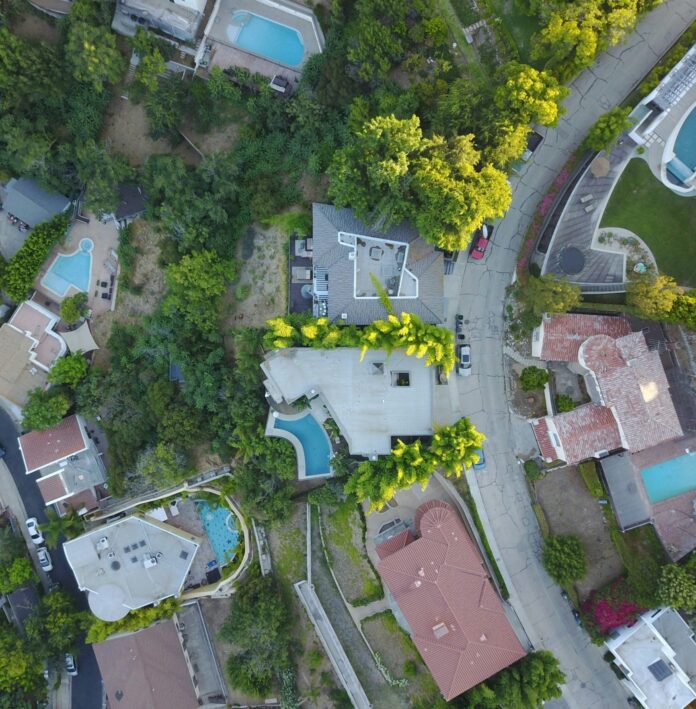On a hill in the Los Feliz neighborhood in LA, you’ll find the Ennis House: a double attraction for both film and architecture buffs. With more than 80 movie appearances, this architectural gem is the last and largest of Frank Lloyd Wright’s “textile block” houses in Los Angeles. So, what do you need to know about it before you visit?
Representing Mayan Revival
Built in 1924, the Ennis House boasts Mayan Revival architecture, standing as a prime example of Wright’s innovative approach. Rising gradually with over 27,000 concrete blocks, it’s a vertical marvel supported by a retaining wall. Wright’s use of concrete in the 1920s, a novel idea for home construction, showcased his belief in its potential for affordable housing.
Unique Design Blend
The concrete blocks, hand-cast from on-site gravel, granite, and sand, feature a unique woven pattern, both inside and out. The Greek key design, a nod to Charles Ennis’s Masonic affiliation, adds another unique touch to this architectural masterpiece.
Hollywood’s Favorite Backdrop
Beyond its architectural significance, the Ennis House is a true Hollywood superstar, gracing the scenes of Mulholland Drive, Rush Hour, and Blade Runner, to name a few. The house’s mysterious allure has made it a canvas for filmmakers and commercials alike.

